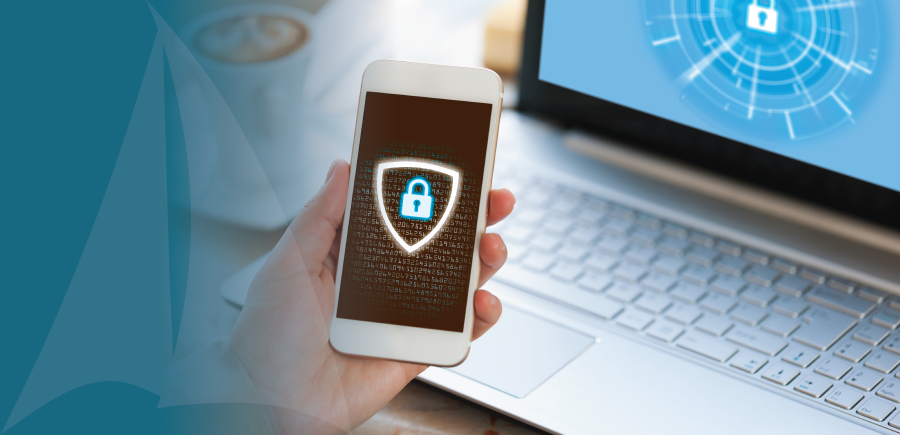not featured
2024-09-16
Fraud
published
4 Minutes
Discovering unauthorized activity on any of your online accounts can be alarming and stressful. Whether it’s your bank account, email, social media, or any other online account, quick and decisive action is essential to mitigate the damage. Here’s a step-by-step guide on what you should do if you notice any suspicious activity.
1. Stay Calm and Assess the Situation
First and foremost, try to stay calm. Panicking can lead to rushed decisions that might not be the best course of action. Take a moment to carefully assess the situation. Identify the nature of the unauthorized activity: has money been withdrawn from your account, are there unfamiliar emails sent from your account, or has your account information been changed?
2. Secure Your Account
Change Your Passwords
The immediate step is to change the password of the compromised account. Use a strong, unique password that combines upper- and lower-case letters, numbers, and special characters. If you use the same password for multiple accounts, change those passwords as well.
Enable Two-Factor Authentication
If you haven’t already, enable two-factor authentication on your accounts. This is one of the best ways to add an extra layer of security by requiring a second form of verification, such as a code sent to your phone, in addition to your password.
3. Notify the Relevant Parties
If financial transactions are involved, notify your bank or credit card company immediately. They can freeze your account to prevent further unauthorized transactions and help you with the process of disputing fraudulent charges.
Contact Customer Support
Reach out to the customer support or security team of the online service where you noticed the unauthorized activity (ex. Gmail, Facebook, Credit Card company, etc.) Report the issue and follow their instructions for securing your account and potentially recovering lost assets.
Alert Your Contacts
If your email or social media account has been compromised, inform your contacts to ignore any suspicious messages that may have been sent from your account. This prevents them from falling victim to scams or phishing attempts.
4. Check for Malware and Secure Your Devices
Run Antivirus Scans
Perform a comprehensive antivirus scan on all your devices to ensure there’s no malware or spyware that might have captured your login credentials.
Update Software
Ensure your operating system, browser, and all software are up to date with the latest security patches. Outdated software can have vulnerabilities that attackers exploit.
5. Monitor Your Accounts
Keep a close eye on your accounts for any further unauthorized activity. Regularly check your bank statements, credit reports, and account activity. Most services offer alerts for unusual activity—enable these alerts if you haven’t already.
Smart Tip: consider placing an alert on your credit report, or better yet placing a credit freeze on your credit file at each of the major credit bureaus (Transunion, Experian, and Equifax). By law, they are required to provide this service to all consumers at no charge.
A freeze will prevent anyone (even you) from making a hard inquiry against your credit and opening any new accounts in your name. Once a freeze is placed, you will have the ability to lift it at any time either permanently or temporarily. For example, if you are shopping for a new car, you can temporarily lift the freeze for a week or two and then let it automatically kick back when you’re finished.
6. Educate Yourself and Practice Good Security Habits
Learn About Phishing and Scams
Educate yourself on common phishing tactics and scams. Be cautious about clicking on links or downloading attachments from unknown sources, or even known sources that may look suspicious.
Use a Password Manager
Consider using a password manager to generate and store strong, unique passwords for all your accounts. This reduces the risk of using weak or reused passwords.
Regularly Update Your Security Practices
Stay informed about the latest security threats and best practices. Regularly updating your security knowledge can help you stay ahead of potential threats.
Dealing with unauthorized activity on your account can be a daunting experience, but acting quickly and methodically can help minimize the impact. Secure your account, notify the necessary parties, ensure your devices are safe, and adopt good security practices to protect yourself in the future. By staying vigilant and proactive, you can safeguard your accounts and personal information against unauthorized access.
SECURITY THREATS & BEST PRACTICES
If you’re a Shore United Bank customer who is experiencing unauthorized activity on your online accounts, contact the Bank immediately so we can assist you in protecting your finances from scammers and cybercriminals.





